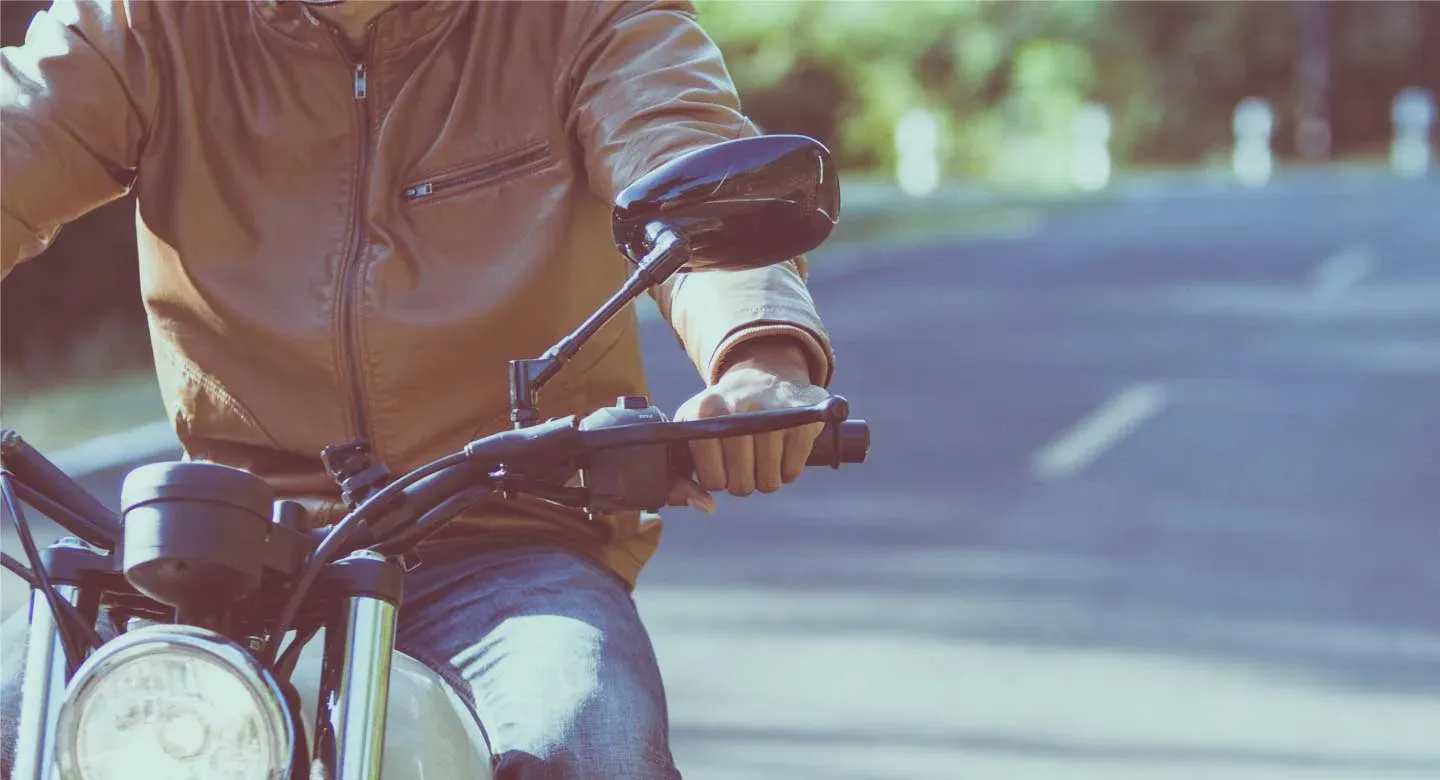Understand what a slipper clutch in bikes is, how it works, its benefits, why it's worth investing in, and why it's essential for today's bike riders!
What is a slipper clutch in bikes? Benefits, working, and why it’s essential for riders
Ever heard your biker buddy rave about a slipper clutch and wondered if they were talking about a shoe? Well, it’s time to shift gears and delve into what a slipper clutch really is, why it's a game-changer for riders, and how it works. Don’t worry—we’ll keep this fun and easy to understand. No tech jargon overload here, just the kind of biker banter you’ll love.
What is a slipper clutch?
Let’s start with the basics. A slipper clutch (also known as a back-torque limiter clutch) is like the unsung hero in your bike’s drivetrain system. Its primary job? To prevent your rear wheel from locking up when you aggressively downshift gears, especially at high speeds.
Picture this: you’re zipping down a twisty road and decide to drop a gear for that extra push through a corner. Without a slipper clutch, your rear wheel might momentarily lock up because of the sudden increase in engine braking. Not fun, right? A slipper clutch steps in to save the day by “slipping” slightly, allowing the rear wheel to adjust smoothly to the change in engine speed.
How does slipper clutch work?
The slipper clutch operates on a simple but clever principle. When you downshift aggressively, the back torque (caused by the engine’s compression) increases. This can create instability in the rear wheel. The slipper clutch has special ramps or cams inside it that come into play under such conditions.
Instead of the clutch fully engaging and causing that jarring wheel lock-up, the ramps allow the clutch plates to partially disengage. This reduces the back torque transmitted to the rear wheel. In short, it smoothes out what would otherwise be a bumpy, nerve-wracking ride. Cool, isn’t it?
Why should you care about slipper clutch?
If you’re still wondering why, you need a slipper clutch, let’s lay it out for you:
Smoother downshifts
Gone are the days of jerky gear changes. With a slipper clutch, your bike transitions smoothly, making your ride feel effortless and professional.
Saves your rear wheel
Rear wheel lock-ups during aggressive downshifting can lead to loss of control, skids, or worse. The slipper clutch acts as your invisible safety net, keeping the wheel in check.
Better cornering
For the adrenaline junkies who love leaning into corners, a slipper clutch is a blessing. It ensures your bike stays stable, even when you downshift mid-turn. No unsettling surprises, just pure riding bliss.
Less wear and tear on your bike
The slipper clutch takes the stress off your drivetrain and engine during sudden gear changes. Think of it as giving your bike a longer, healthier life.
Confidence booster for newbies
For riders still finding their groove, a slipper clutch minimises the chance of mistakes turning into mishaps. It’s like having a forgiving friend who lets you learn without the harsh consequences.
Who needs a slipper clutch?
Honestly, almost everyone who rides a bike can benefit from a slipper clutch. Whether you’re a track junkie pushing your bike to its limits or a casual commuter tackling city traffic, the added stability and control can enhance your experience.
That said, it’s particularly essential for:
● Sportbike riders: With high speeds and quick gear shifts, slipper clutches are a no-brainer here.
● Touring enthusiasts: Long rides often include varied terrains. A slipper clutch keeps things smooth on those steep descents.
● New riders: It’s like training wheels for your clutch skills—keeps you safe while you learn the ropes.
Is it worth investing in a slipper clutch?
If you’re considering upgrading your bike or investing in a model with a slipper clutch, here’s the deal: it’s absolutely worth it. Yes, bikes with slipper clutches might cost a bit more upfront but think of it as paying for peace of mind and a better riding experience.
Some riders argue that you can achieve similar results with proper riding techniques. While that’s true to an extent, even the most skilled riders appreciate the added safety and performance a slipper clutch provides. After all, why not let technology have your back?
Some bikes with slipper clutch you’ll love
Many mid-range and premium bikes now come with slipper clutches as standard. Here are a few popular ones:
● KTM RC 390: A favourite among sportbike enthusiasts.
● Yamaha R3: Perfect for those who love a mix of city and track riding.
● Kawasaki Ninja 650: A versatile bike for touring and sporty adventures.
● Royal Enfield Continental GT 650: Yes, even modern retro bikes have embraced the tech!
The verdict — is a slipper clutch essential?
A slipper clutch adds value in terms of safety, performance, and convenience. It’s one of those things you don’t realise you need until you’ve experienced it—and then, there’s no going back.
And while a slipper clutch keeps your ride smooth and stable, it’s equally important to buy two-wheeler insurance that protects your bike from unexpected bumps in the road. From accidental damage to theft or third-party liabilities, a reliable bike insurance policy is your other unsung hero.

Get Quick Quote


